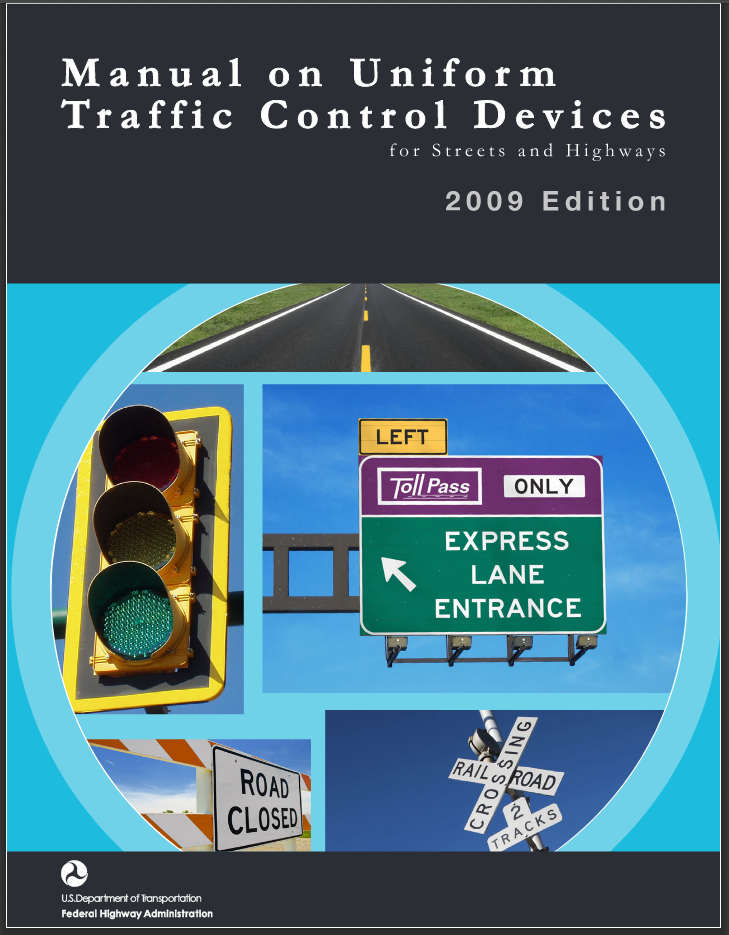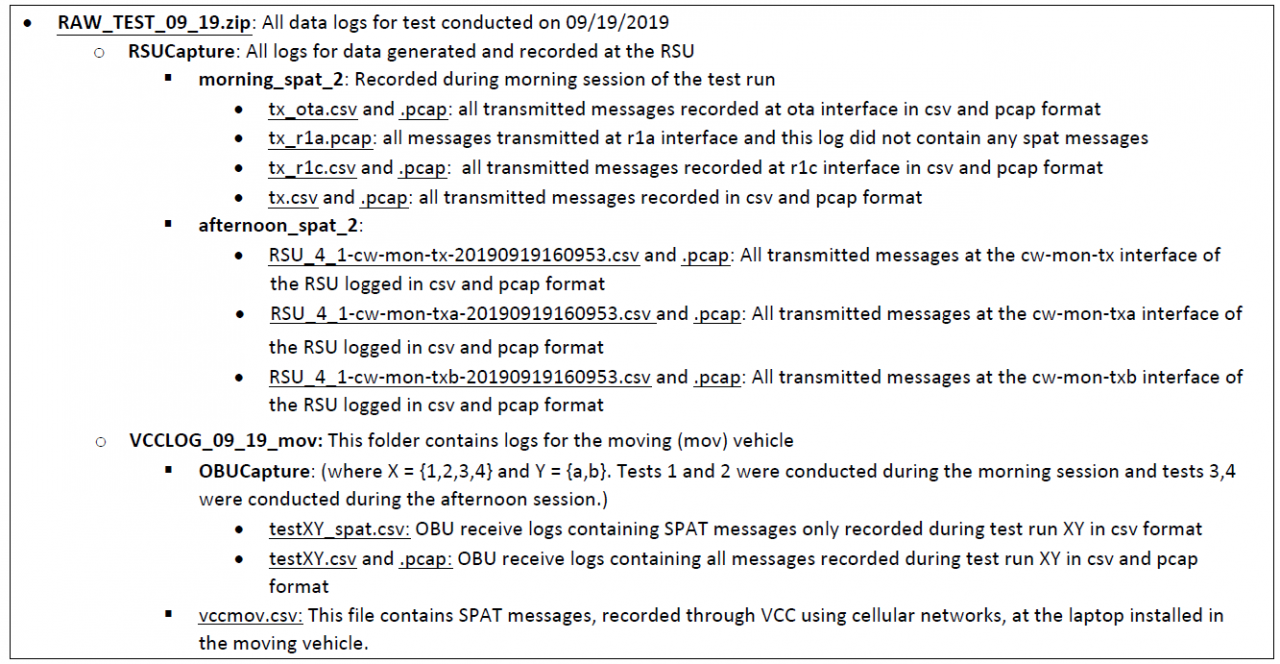Explore Transportation History Archived at the National Transportation Library
Data spotlights represent data and statistics from a specific period of time, and do not reflect ongoing data collection. As individual spotlights are static stories, they are not subject to the Bureau of Transportation Statistics (BTS) web standards and may not be updated after their publication date. Please contact BTS to request updated information.
From congested carriage traffic in New York City to automated platoons of connected vehicles, the Bureau of Transportation Statistics has a one-stop shop where you can pursue your interest in transportation past, present, and future. The National Transportation Library (NTL) is one of the four officially-designated national libraries in the United States and is the full-text repository for USDOT-funded research.
Traffic problems date to the nineteenth century.

Early photographs of traffic incidents in William Phelps Eno's Street Traffic Regulation
The earliest NTL artifact is William Phelps Eno’s 1909 Street Traffic Regulation which included a regulation on traffic speed: “No vehicle shall proceed at any time at a greater speed than the law allows and is safe and proper under the conditions then obtaining.”
In mid-1800s Manhattan, Eno was dismayed by the “needless inconvenience through the blocking of streets by ungoverned traffic and difficulty in getting carriages at the opera and theater.” This initiated his decades-long involvement in developing traffic regulations, including his 1921 establishing of the Eno Foundation for Highway Traffic Regulation. A century later, the Eno Center for Transportation, as it is known today, is one of the NTL’s many organizational partners and donated the five Eno documents now in the NTL repository.
Safety a constant thread in transportation.

Cover of the 2009 Manual on Uniform Traffic Control Devices
It’s possible to draw a straight line between Eno’s earliest work and traffic safety measures in development today. That line would pass through the various editions of the Manual on Uniform Traffic Control Devices published between 1935 and 2012.
NTL evolves alongside transportation – from horse-mounted traffic squad to datasets and autonomous vehicles.

File description for an ITSJPO dataset assessing communications for real-time signal applications
Interest in improving traffic flow and safety continue to this day. For example, the USDOT and its Intelligent Transportation Systems Joint Program Office (ITSJPO) are guiding development of safe and effective connected vehicles and infrastructure. What’s the most effective way to inform drivers of a red light ahead? Find out in the Feasibility Study and Assessment of Communications Approaches for Real-Time Traffic Signal Applications, published in December 2020. This study and its results dataset are part of the NTL’s ITSJPO collection.
Moving forward?
What’s the next step in regulating the flow and safety of traffic on America’s roads? It’s difficult to say, but, whatever the answer is, you’ll be able to read about in the National Transportation Library.
